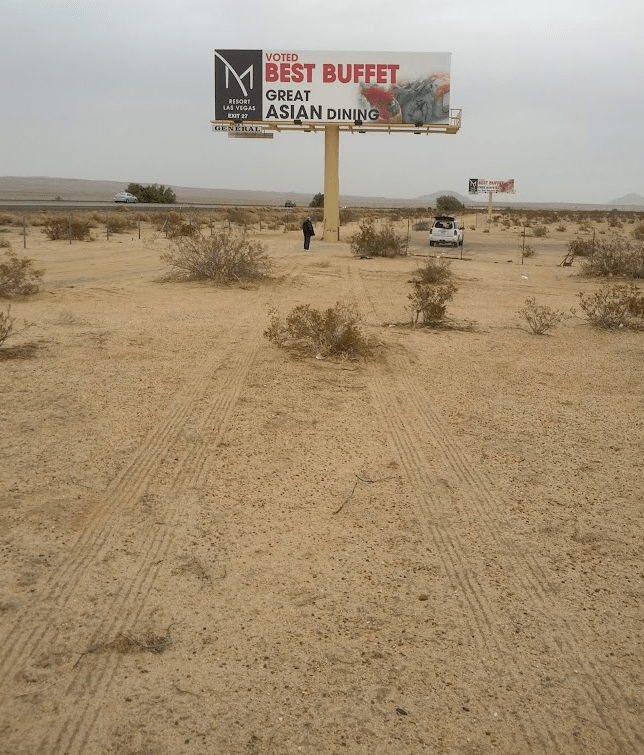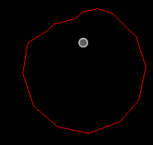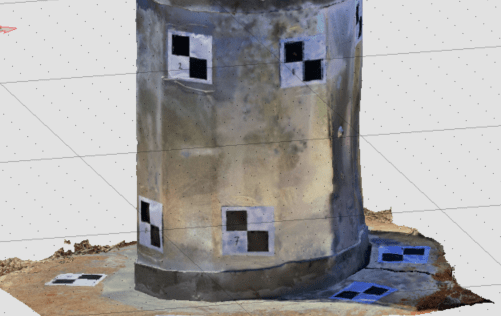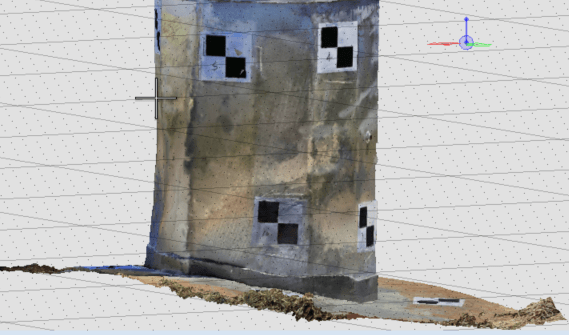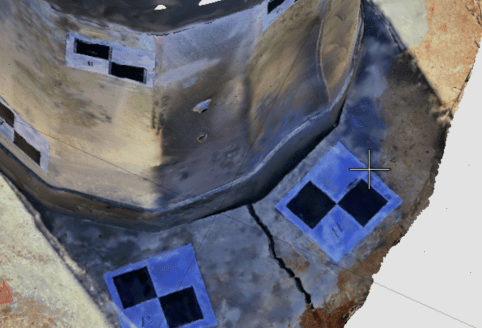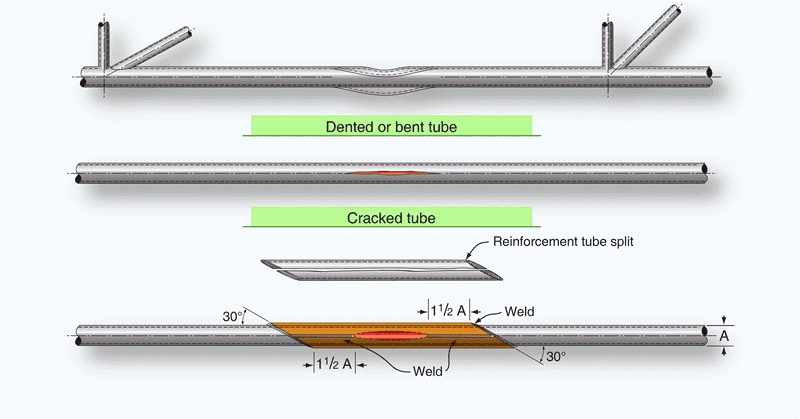Bodgy Engineer
Structural
Hi all,
Was wondering if there was any resources on grout filled hollow section?
I have a high consequance of failure, steel power pole that was impacted by a vehicle causing a visible deformation. A buckling analysis indicates a capcity reduction of at least 25%.
The reduction in capcity comes from the deformation inducing sudden changes in the section/stress concentrations, as well as flattening out the stiffners and reducing the section diameter.
Was hoping to grout fill the pole, more to prevent the section buckling rather then any composite action. Would like any understanding of the methodology behind this methodology.
Was wondering if there was any resources on grout filled hollow section?
I have a high consequance of failure, steel power pole that was impacted by a vehicle causing a visible deformation. A buckling analysis indicates a capcity reduction of at least 25%.
The reduction in capcity comes from the deformation inducing sudden changes in the section/stress concentrations, as well as flattening out the stiffners and reducing the section diameter.
Was hoping to grout fill the pole, more to prevent the section buckling rather then any composite action. Would like any understanding of the methodology behind this methodology.

